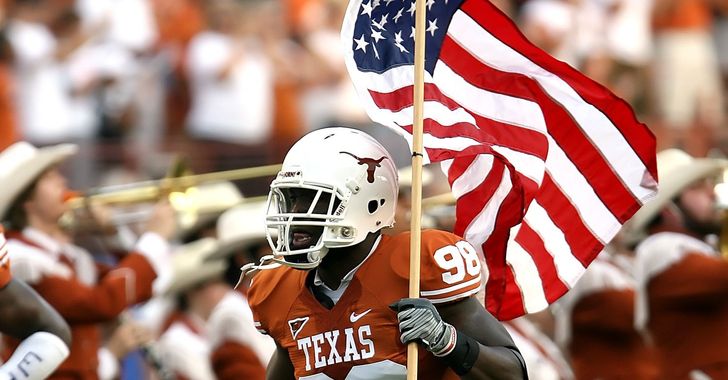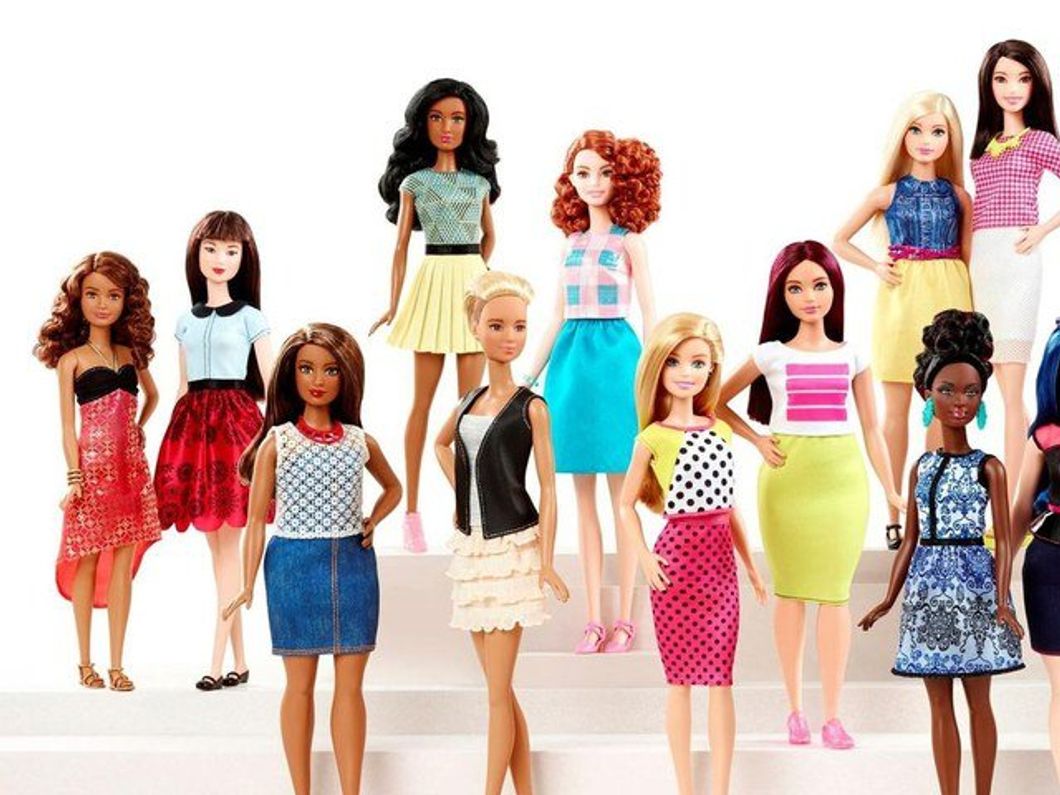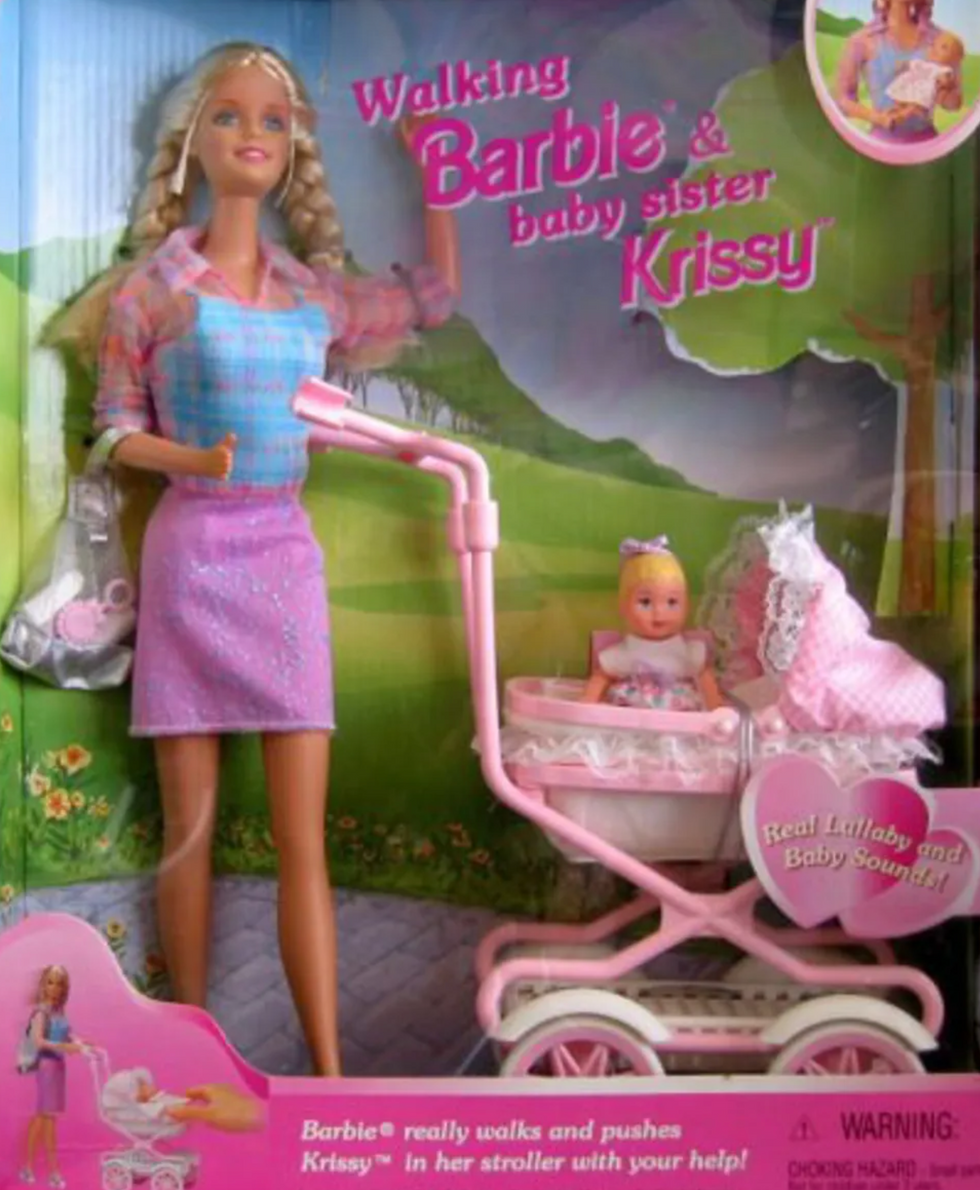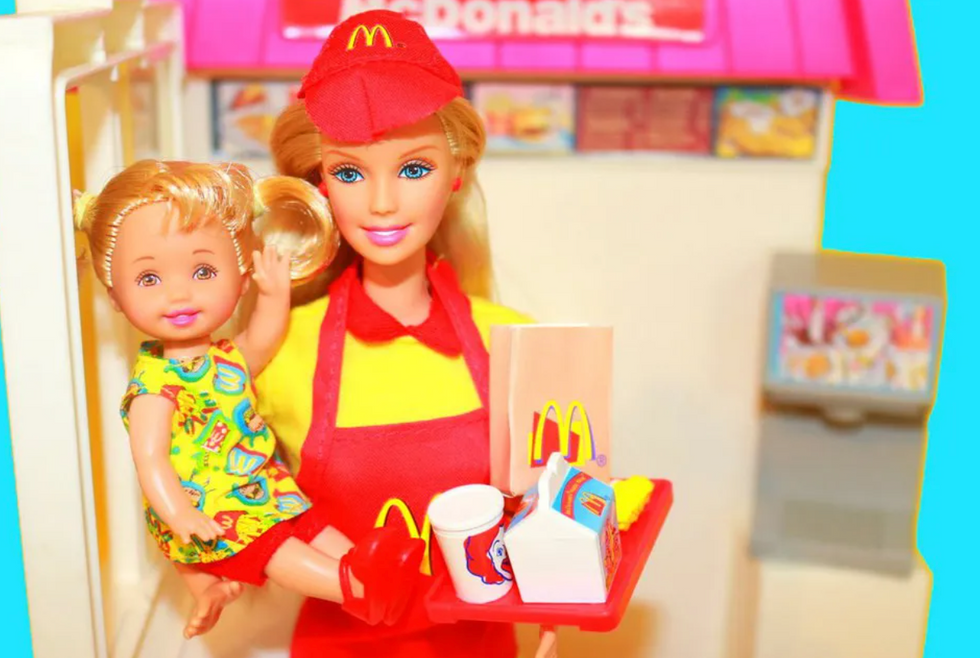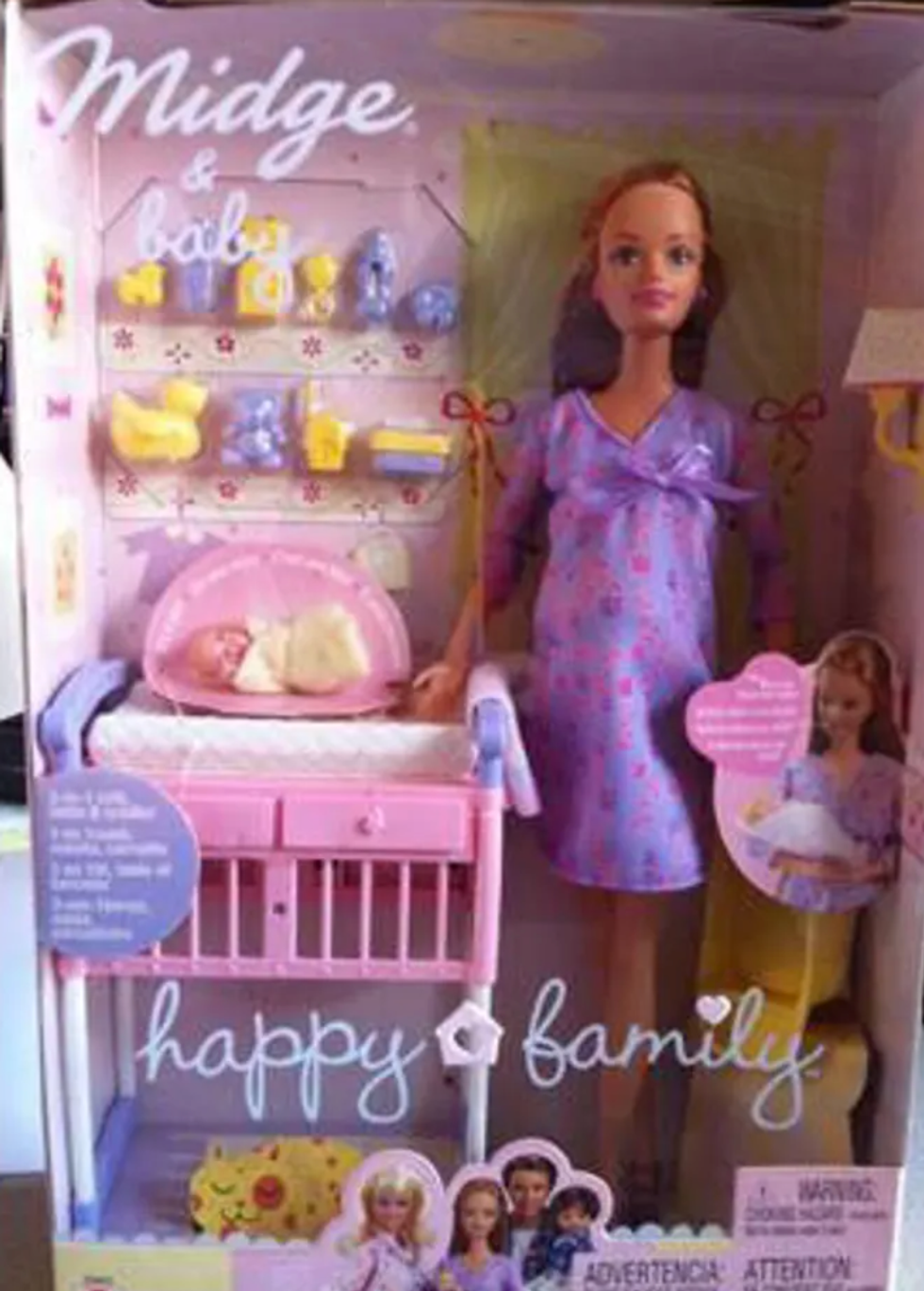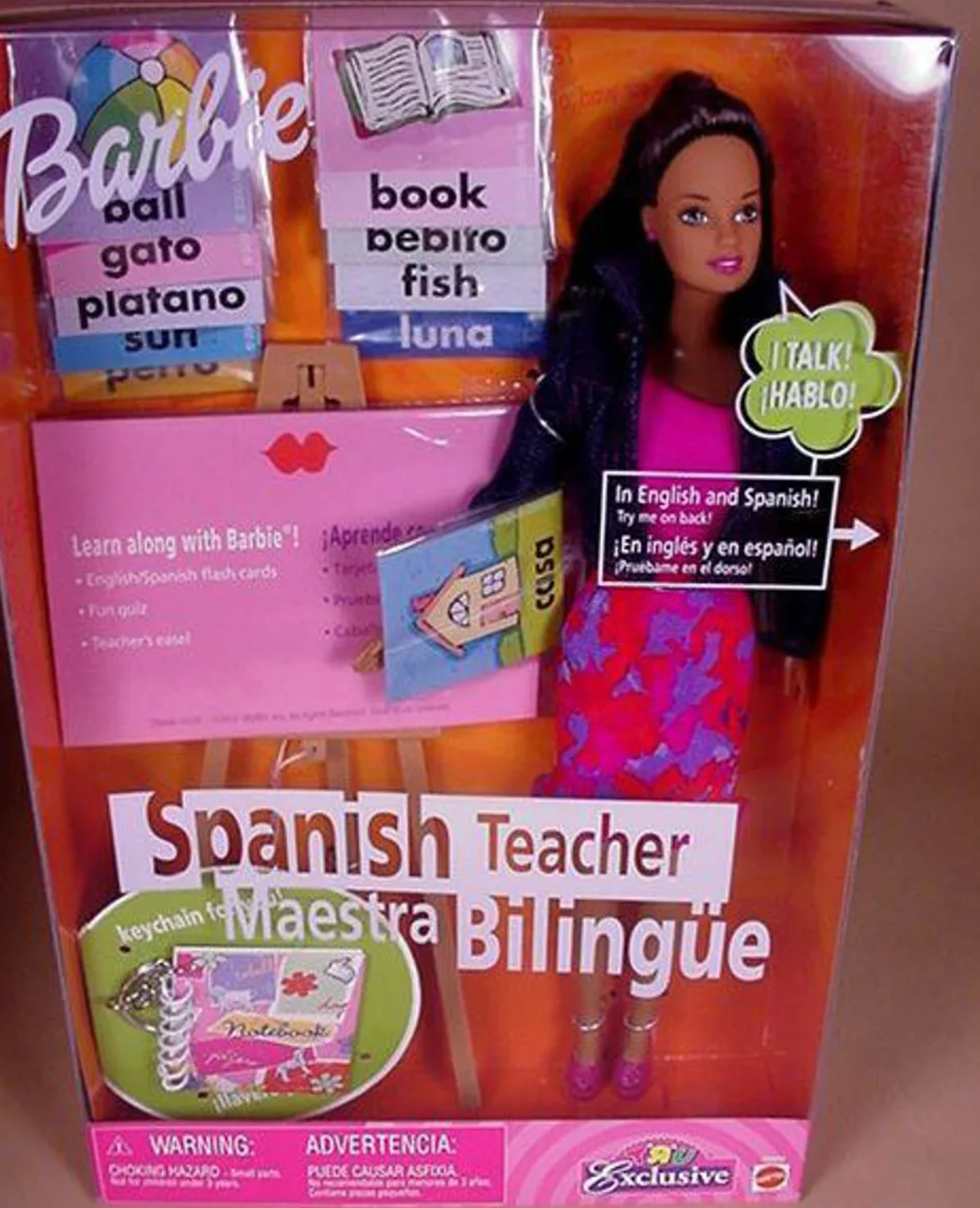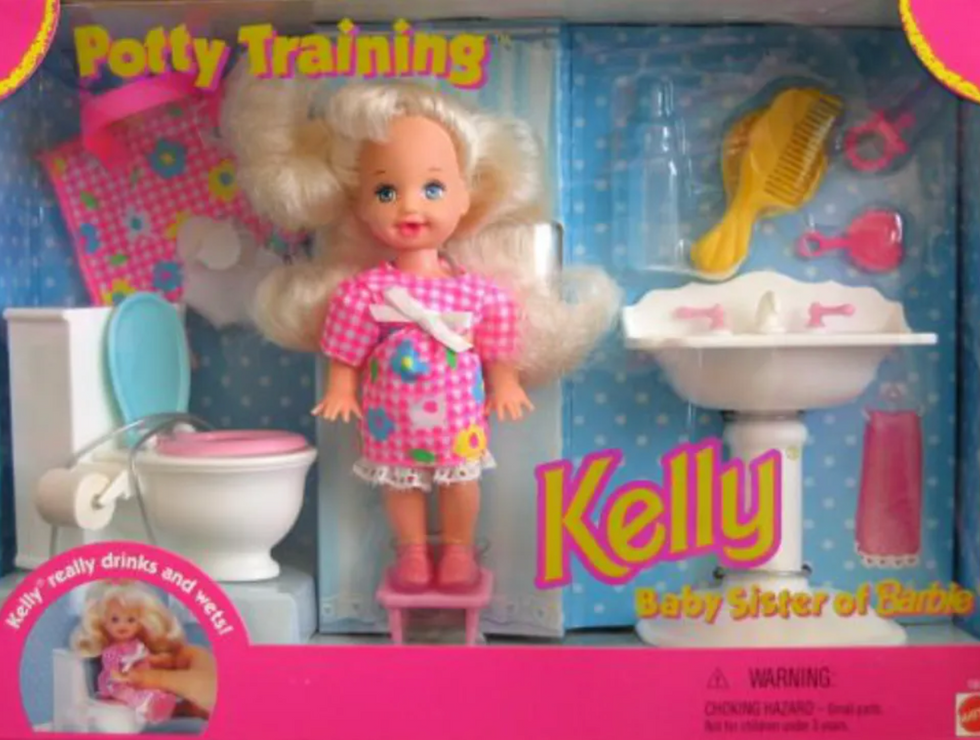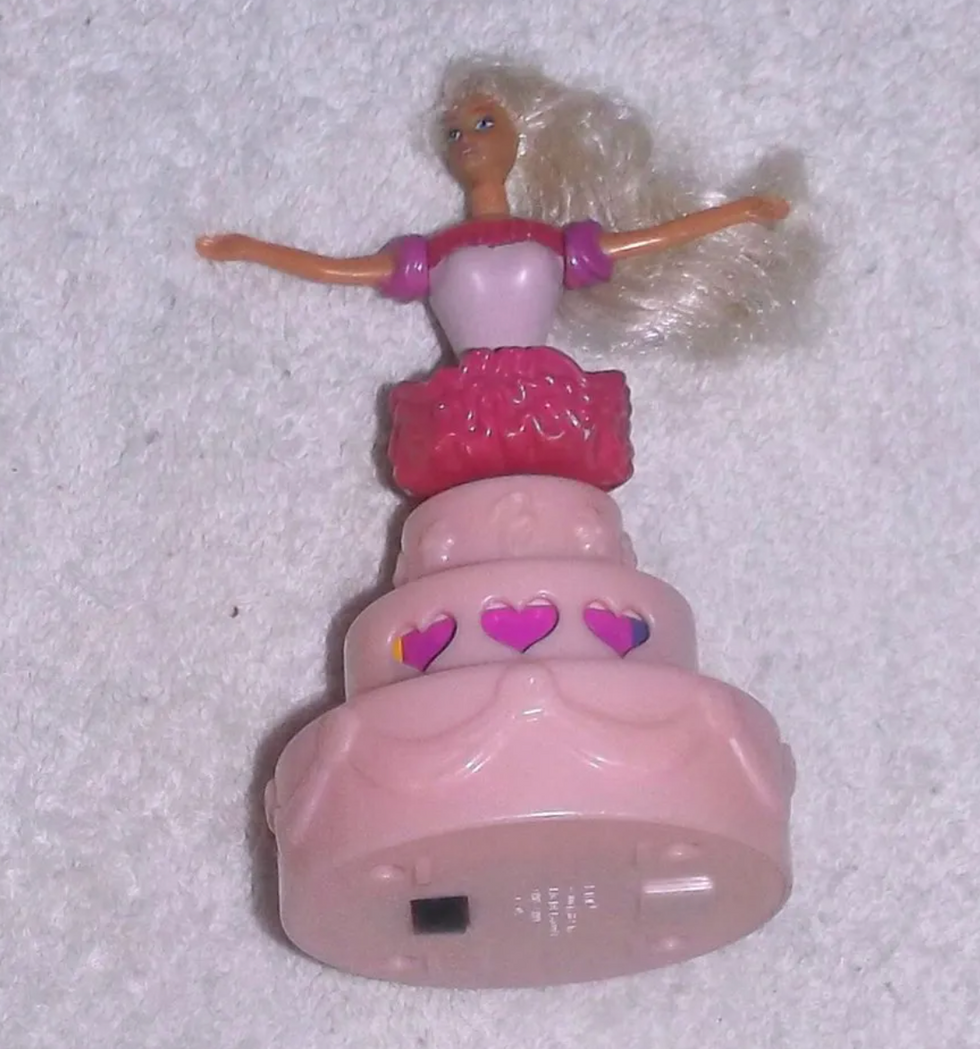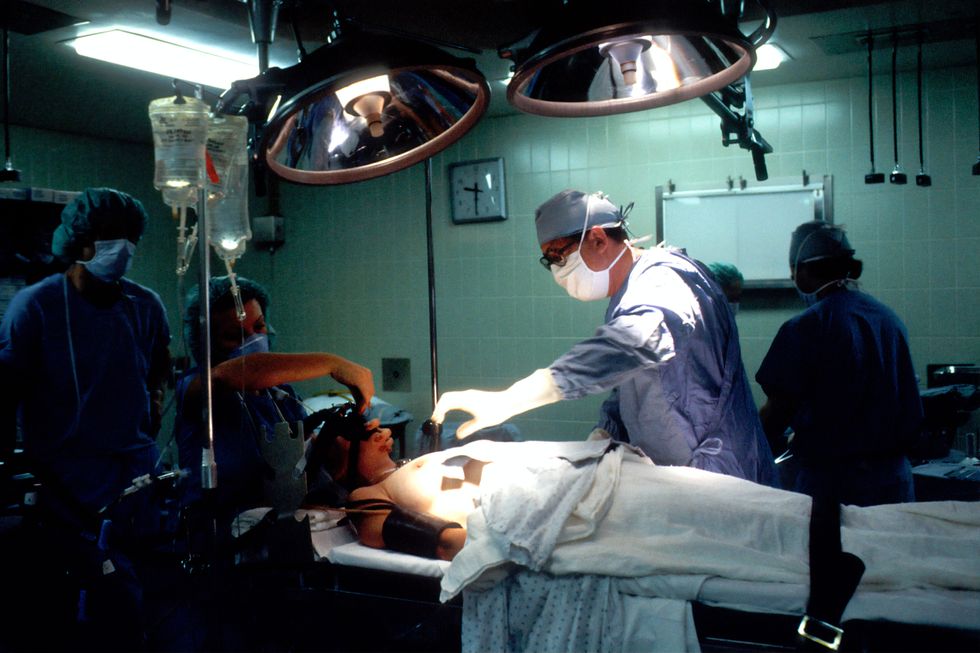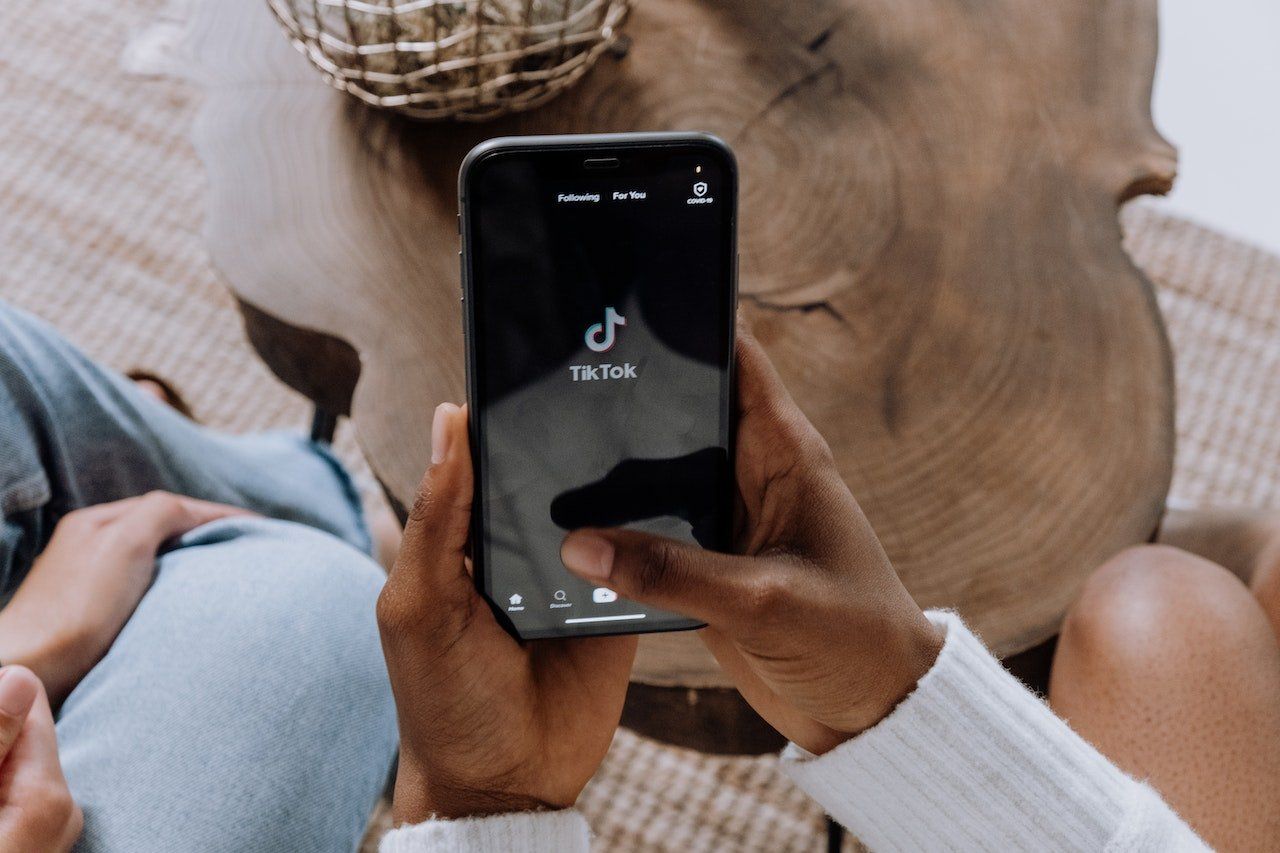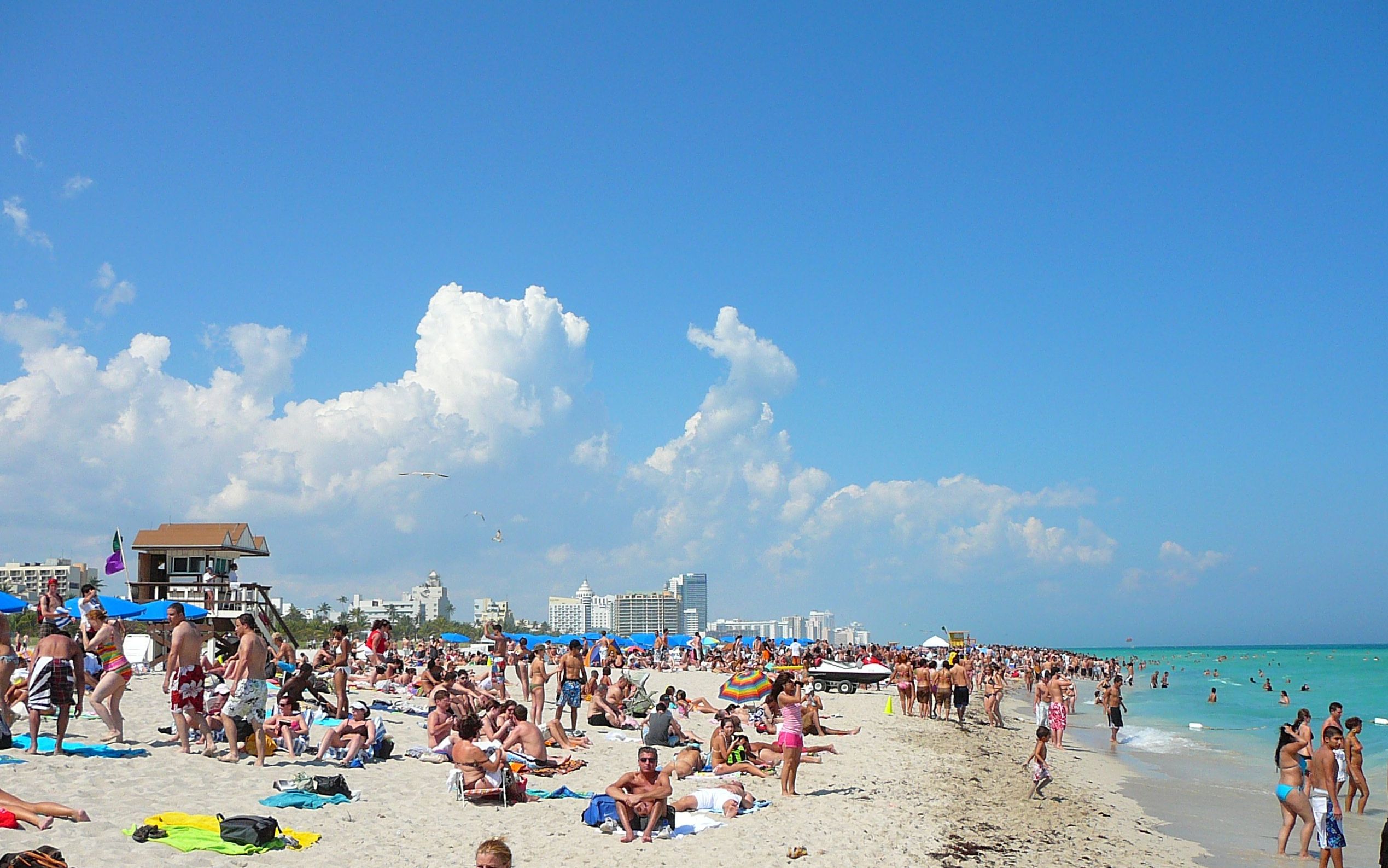By now, it's known that the coronavirus (COVID-19) isn't picking and choosing who it targets and affects — people of all ages are getting sick and dying of this highly contagious disease. While social distancing is important and the absolute best way right now to prevent the spread, it's easier said than done for many marginalized communities of color as well as essential workers of course. To me it's no surprise that this pandemic is affecting lower-income people of color more than any other group — just look at the numbers of the people affected in cities like Detroit compared to the population. Why is this so?
My guess is that lower-income families and households can't just stop going to work and be OK. A few financial concessions have been made to compensate for the lack of income most Americans are facing right now, like payment deferments and no interest rates. Plus those stimulus checks SHOULD be coming any day now (though if you're listed as a dependent on your parent's tax returns, you're SOL). However, what if you're undocumented, living paycheck to paycheck and you just so happen to have a job that listed as an essential service? On top of that you might have someone living at home who is at a higher risk of becoming infected. I can't imagine what it's like for those families and other people in that situation. It's easy to keep your distance when you know you have a little bit of a safety net to get by. But for many, this is just another boundary that prevents them from living that American Dream idealistic life many people strive to have, especially immigrants.
There's also been an image I've seen circling around social media of a crowded MTA train, filled with essential workers, most were people of color. They obviously aren't taking the train because they want to — its more of the fact that they can't afford NOT to.
Again, this virus doesn't discriminate. Even the prime minister of Britain is being hospitalized with the disease. But unlike him, most average citizens don't have such an ease of access to the healthcare needed to recover from it. Many have it but cannot get adequate access to testing (which should be free and accessible to everyone). These are things to think about when moving forward in the world we're living in right now.
Because race is still a factor in this country and in times like this, the divide becomes more visible and apparent.
We know this now — but what can we do about it? Keeping awareness is key. Taking care of those who could be more susceptible to contracting it in our communities (like buying their groceries, with gloves and masks of course and keeping social distance). Acknowledge the risk essential workers take when going out to serve us so that we can be safe, and advocating for them via social media platforms especially (we might as well, we're on our phones often enough anyway). As for the institutional barriers, we are still fighting those even before the outbreak. But that won't deter us. It will only make our voices louder so that change will happen someday and we are heard.
- Racist attacks on Asians spreading faster than coronavirus in US ... ›
- As Coronavirus Spreads, So Does Xenophobia and Racism | Time ›
- The Coronavirus Pandemic and the Racial Wealth Gap - Center for ... ›
- The Coronavirus Is Exposing Our Racial Divides - The Atlantic ›
- California still sifting through racial data to determine coronavirus ... ›
- Black Americans Face Alarming Rates of Coronavirus Infection in ... ›
- Coronavirus - Coronavirus ›
- Coronavirus Guidelines for America ›
- Coronavirus Disease 2019 (COVID-19) ›
- Coronavirus Disease 2019 (COVID-19) Response in ... - NCDHHS ›
- Situation Summary | CDC ›
- Coronavirus ›
- Coronavirus Disease 2019 (COVID-19) | CDC ›
- Coronavirus disease 2019 ›

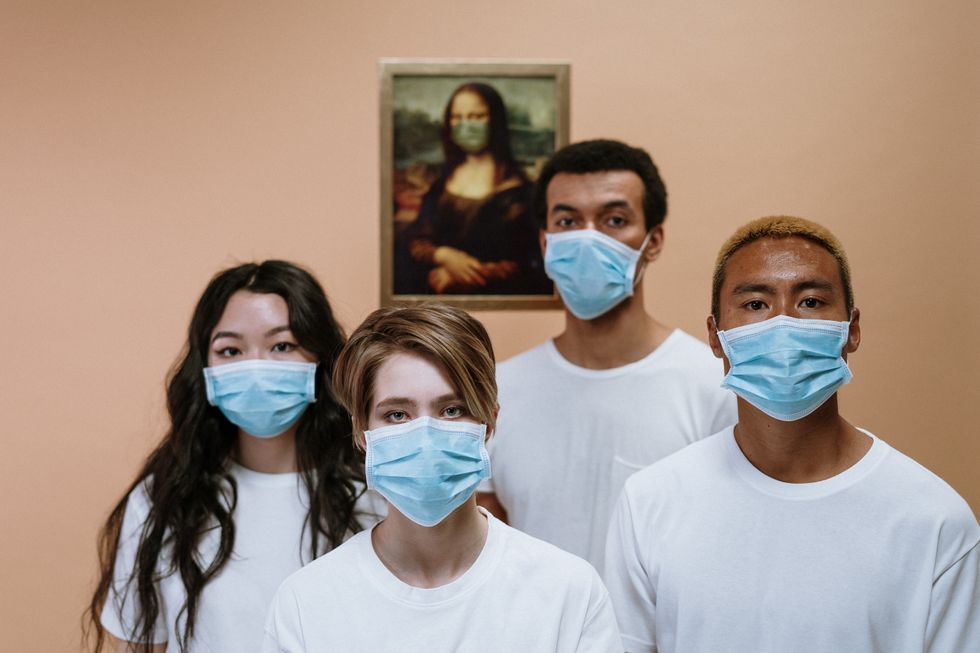
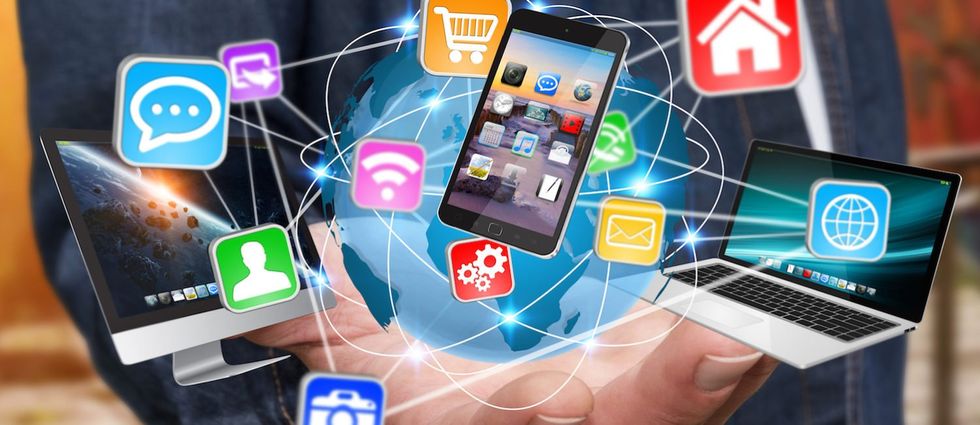
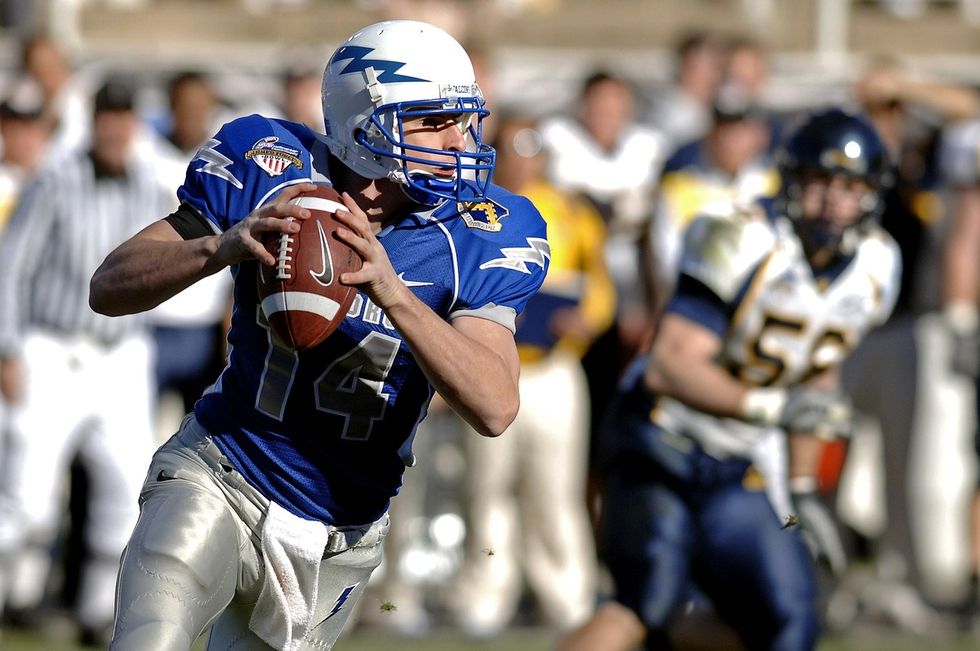
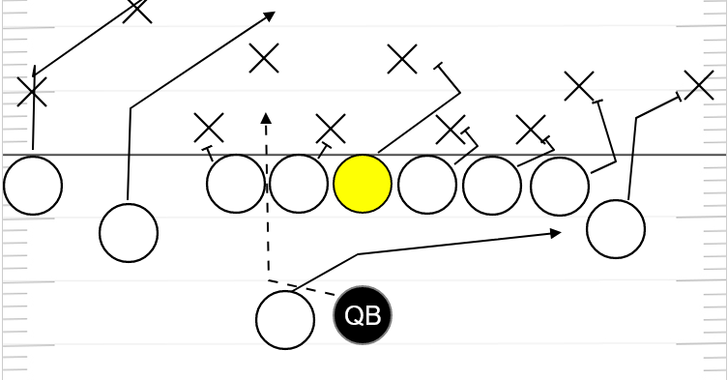
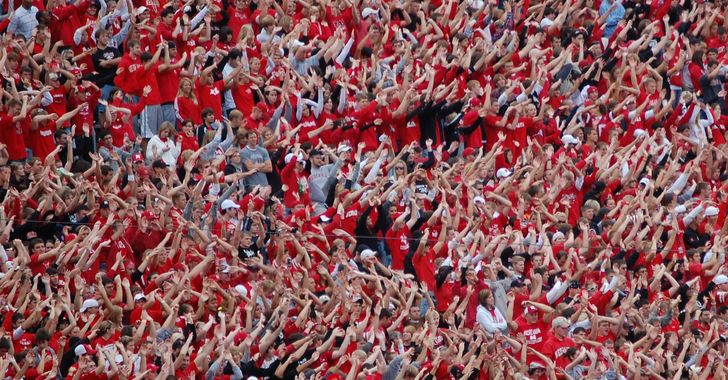
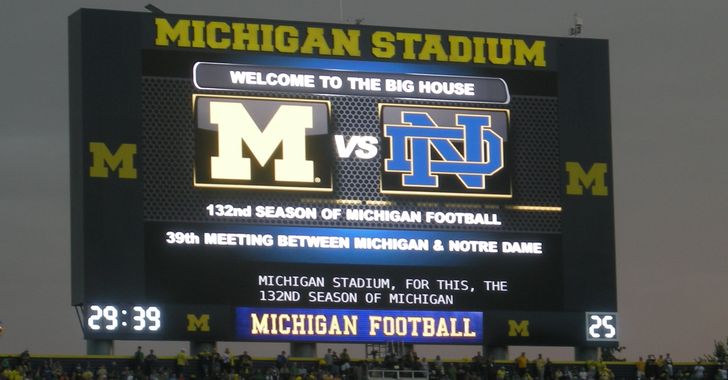
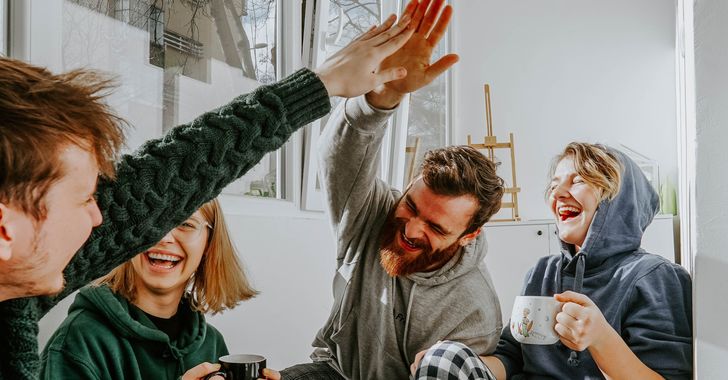 Photo by
Photo by 